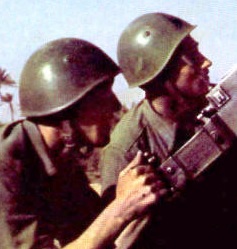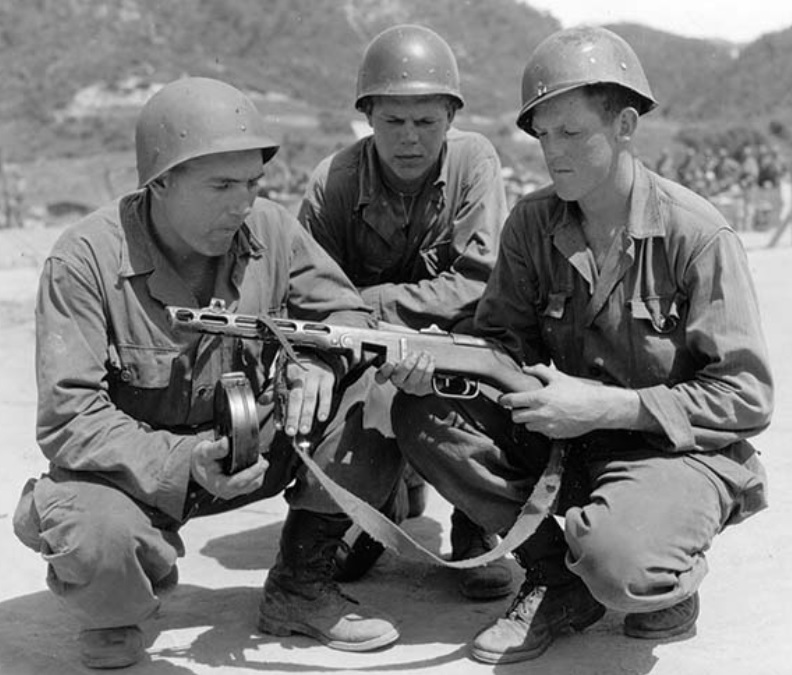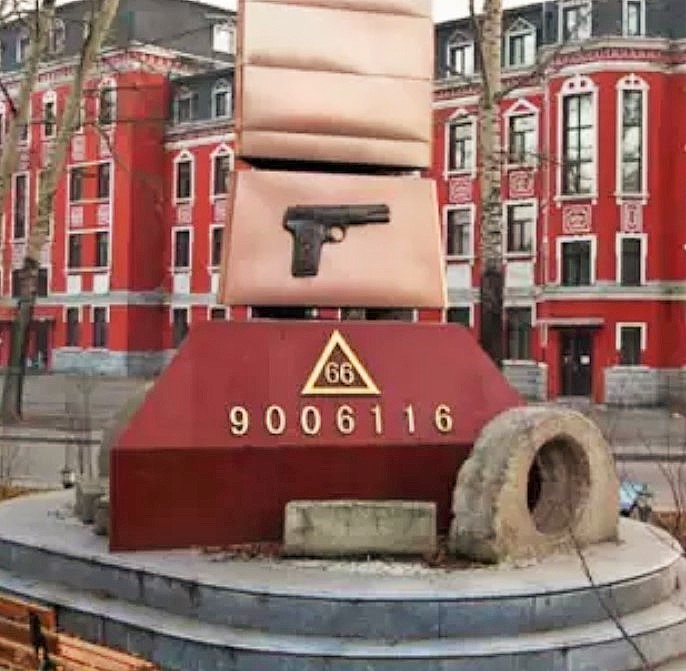The M33 helmet (more formally, Elmetto Mod.33) was the standard helmet of the Italian army during WWII. It was designed in the early 1930s to replace WWI-era helmets. Made of 1.1mm heat-treated steel, the M33 was said to offer triple the protection of the French army’s then-current Adrian helmet (Italy expected France to be it’s enemy in any future war). All in all, the M33 was effective, comfortable, and economical for Italy to manufacture during WWII. It was a quality helmet.
 (Italian troops in WWII wearing the M33 helmet.)
(Italian troops in WWII wearing the M33 helmet.)
Unlike Germany’s M40 stahlhelm or Japan’s M30-32 Tetsu-bo, the Italian M33 had a generic, nondescript shape and thus it carried no “political baggage” after WWII ended in 1945. It went on to have a long postwar career with the new Italian army, and also saw some overseas usage after WWII.

(Italian army 1970s-vintage camouflage cover and foilage net on a M33.)
Read More »








